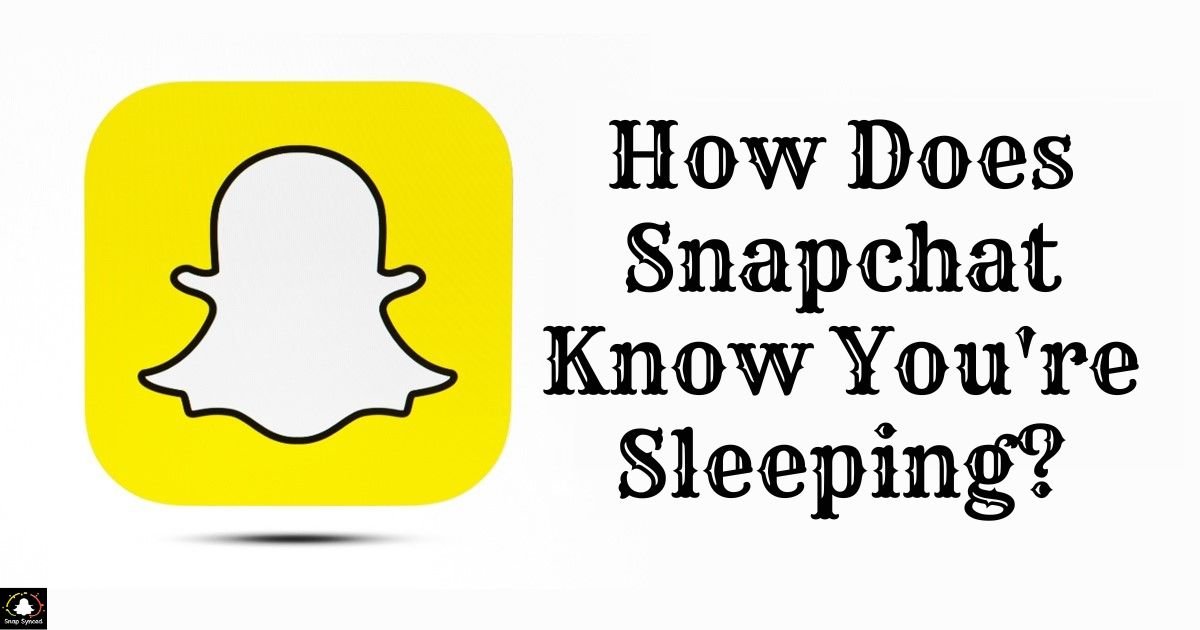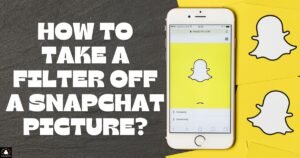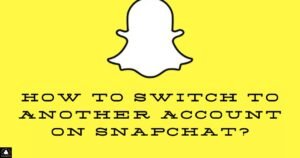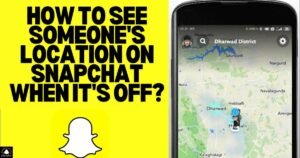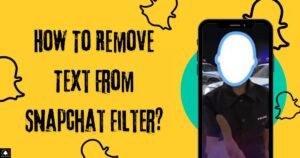In the age of advanced technology and interconnectedness, it’s not uncommon for users to wonder just how much their favorite apps know about them.
Snapchat, the popular multimedia messaging app, often raises questions about its ability to discern various aspects of users’ lives, including their sleep patterns.
But how exactly does Snapchat know when you’re catching those Z’s? Let’s dive into the mechanisms behind this phenomenon.
Understanding Snapchat’s Detection of Sleep Patterns
Snapchat’s awareness of your sleep habits may seem like wizardry, but it’s primarily grounded in data analytics and user behavior tracking. Here’s a breakdown of how Snapchat might gather information about your sleep:
Usage Patterns Analysis
- Snapchat collects extensive data on how users interact with the app, including the times they are most active.
- By analyzing patterns in usage data, Snapchat can infer periods of inactivity, which may indicate sleep.
Device Activity Monitoring
- Snapchat may access device activity data to detect periods of prolonged inactivity, suggesting the user is not actively engaging with their device, possibly because they’re asleep.
- This could include monitoring screen-on time, accelerometer data, or other metrics indicative of device usage.
Location Tracking
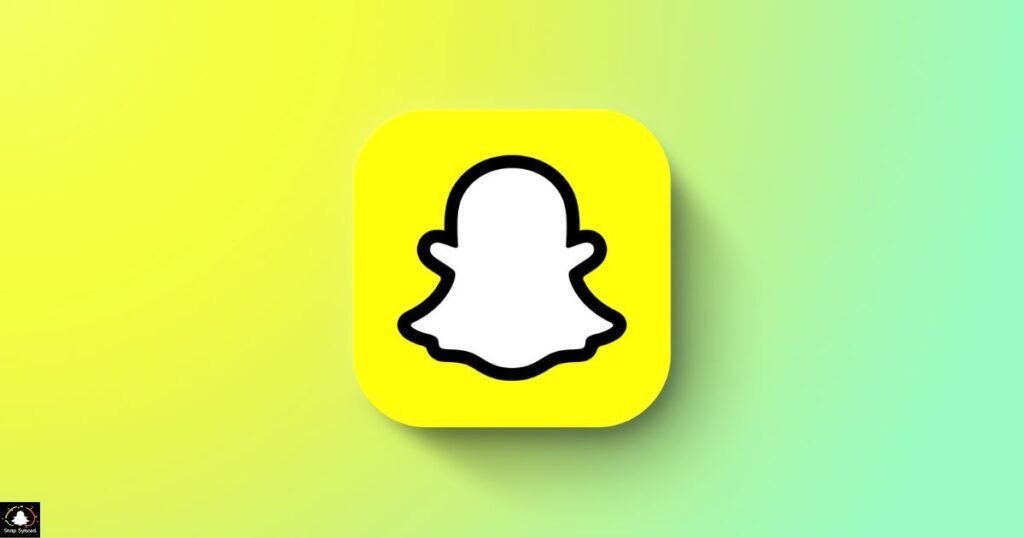
- Snapchat utilizes location tracking features to deliver geographically relevant content and ads.
- Changes in location patterns, such as prolonged stays in one place during typical sleeping hours, could signal to Snapchat that the user is likely sleeping.
Integration with Other Apps and Devices
- Snapchat may integrate with other apps or devices that track sleep patterns, such as fitness trackers or smartwatches.
- Data from these sources could provide Snapchat with direct insights into users’ sleep schedules.
How Snapchat Utilizes Sleep Data
Once Snapchat gathers information about users’ sleep patterns, it can leverage this data in several ways:
Optimizing Ad Delivery
- Understanding user behavior and preferences is crucial for optimizing ad delivery on Snapchat. ‘Can Snapchat Be Traced?‘ Knowing when users are likely asleep enables Snapchat to adjust ad delivery times for maximum effectiveness.
- By avoiding displaying ads during periods of inactivity, Snapchat can ensure that ads reach users when they are most likely to engage with them.
Tailoring Content Recommendations
- Snapchat can customize content recommendations based on users’ sleep schedules.
- For example, if a user typically checks Snapchat first thing in the morning, the app might prioritize showing them relevant content upon waking up.
Enhancing User Experience
- Understanding when users are asleep allows Snapchat to optimize the app experience accordingly.
- For instance, Snapchat might delay non-urgent notifications until users are awake to avoid disrupting their sleep.
Privacy and Ethical Considerations

| Consideration | Description |
| Data Privacy | Users may have concerns about extensive data collection. |
| Consent | Transparent policies should ensure user consent for data usage. |
| Transparency | Clear communication about data collection and usage is essential. |
| Trust | Building trust through ethical data practices is paramount. |
| Accountability | Companies must be accountable for their data handling practices. |
Privacy and ethical considerations are critical in maintaining user trust and ensuring responsible data usage in the digital landscape.
FAQ’s
How does Snapchat detect sleep patterns?
Snapchat analyzes usage patterns, device activity, location data, and integrates with other apps and devices to infer when users are likely asleep.
Does Snapchat track my sleep without my consent?
Snapchat should obtain explicit consent from users before collecting and utilizing sleep-related data, ensuring transparency and user control.
Can Snapchat’s knowledge of my sleep patterns affect my user experience?
Yes, Snapchat may optimize ad delivery, tailor content recommendations, and enhance the overall user experience based on users’ sleep schedules.
Conclusion
Snapchat’s seemingly mystical ability to detect when users are sleeping is actually grounded in data analytics, user behavior tracking, and device monitoring.
By analyzing usage patterns, device activity, location data, and integrating with other apps and devices, Snapchat can make educated guesses about users’ sleep habits.
Leveraging this information, Snapchat optimizes ad delivery, tailors content recommendations, and enhances the overall user experience.
It’s crucial for Snapchat to address privacy and ethical considerations surrounding the collection and use of sleep-related data, prioritizing transparency and user consent.
As technology continues to evolve, so too will the complexities of balancing convenience with privacy in the digital age.
